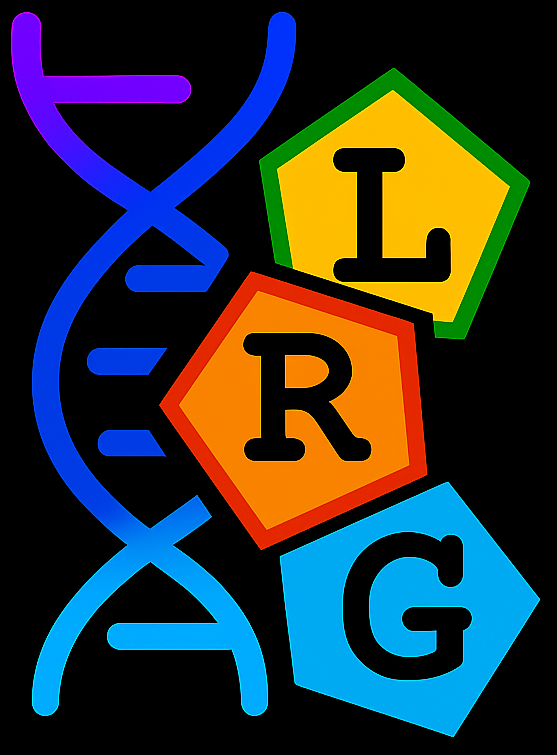🧬 Why Analyze RNA?
RNA reveals the dynamic activity of genes—what’s turned on, when, and where. By studying RNA, researchers gain insight into how cells function, adapt, and respond to their environment. RNA sequencing (RNA-seq) makes this possible by quantifying gene expression across conditions.
🔍 1. Assess Cellular State and Function
DNA holds the blueprint, but RNA shows which genes are actively shaping cell behavior. Why it matters: RNA levels reflect how cells respond to stress, differentiate, or transition between states. Example: In drought-stressed rice, elevated expression of ABA-related genes like RD29 and NCED signals activation of stress-response pathways.
🧠 2. Uncover Gene Function and Pathways
Tracking when and where genes are expressed helps decode their roles in biological processes. Example: During pathogen attack, plants upregulate defense genes like WRKY33 and PAD3, revealing key players in immunity.
🧪 3. Enable Disease Diagnostics and Biomarker Discovery
Certain RNA transcripts are uniquely expressed in disease states and can serve as diagnostic markers or therapeutic targets. Example: Overexpression of HER2 mRNA identifies specific subtypes of breast cancer, guiding treatment decisions.
🧬 4. Discover Novel Transcripts and Isoforms
RNA-seq uncovers previously unknown genes, alternative splicing events, and non-coding RNAs (e.g., lncRNAs, miRNAs), expanding our view of genome complexity and regulation.

